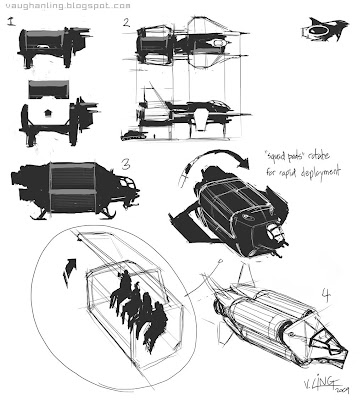

There Bucklew was put in charge of two boats, responsible for enemy submarine patrol. The ship, crippled with no steam or power, was forced to anchor for days in a tense setting until a Norwegian destroyer pulled up and transported the Almaak's passengers to Casablanca. The Almaak was hit by a torpedo in the engine room. The Leedstown crew was then placed on a British transport headed for India, only to be transferred to the USS Almaak, a ship headed back to the United States.īucklew was on that ship for several days when just outside of Gibraltar, they ran into a nest of submarines. The survivors boarded a raft until a British destroyer found them. "However, unbeknownst to us, a German submarine came up and sank us while we were watching the air attackers," said Bucklew, who, along with the captain and chief engineer, was the last to leave the ship.

A little bit before that could happen, the Leedstown came under air attack from German and Italian planes, which didn't do much damage. Their mission was to place commandos in a specific target area, one that had been outlined through beach silhouettes, charts and sketches. Those original 10 volunteers became the first 10 members of the Scouts and Raiders, a beach reconnaissance unit. In September of 1942, Bucklew boarded the USS Leedstown, headed for the coast of Algiers. The training took place in the spring of 1942 and, by the fall, there were rumors of a beach invasion somewhere in Europe. "They gave us a boat to go out and try anything you wanted." "The whole program was 'go out and do it,'" said Bucklew. He volunteered along with nine others to learn about amphibious assaults, landing troops on a beachhead. Raider training at Amphibious Training Base in Fort Pierce, Fla. The team sent a telegram to the Navy recruiting office in Los Angeles, informing them that they were athletes and they wanted to serve. Los Angeles, California, 1941: 'Then came the war'īucklew estimated there were around 17,000 people in the crowd watching his team play on that early December day in 1941 when news of Pearl Harbor was announced over the stadium's loudspeakers.Īfter the game, Bucklew remembered, "We were down in the bar and someone said, 'Let's all join the service.' I expressed a preference for the Navy." Bucklew coached that team for the next three years and "had the best ball club in the league." In 1939, Bucklew was asked by some friends if he could investigate getting a pro team together in Columbus.īucklew secured some financing and a roster of players for a season that was months away from starting. So he went on to play one season of semi-professional football in Cincinnati, then played pro football for two seasons with the Cleveland Rams before returning to Cincinnati to play with the Bengals. But Bucklew's father died that year and he needed to help support his mother. "It worked out and I stayed all four years," he said.Īfter Bucklew graduated, he began coaching at Xavier with a plan to start law school at the University of Cincinnati.


 0 kommentar(er)
0 kommentar(er)
